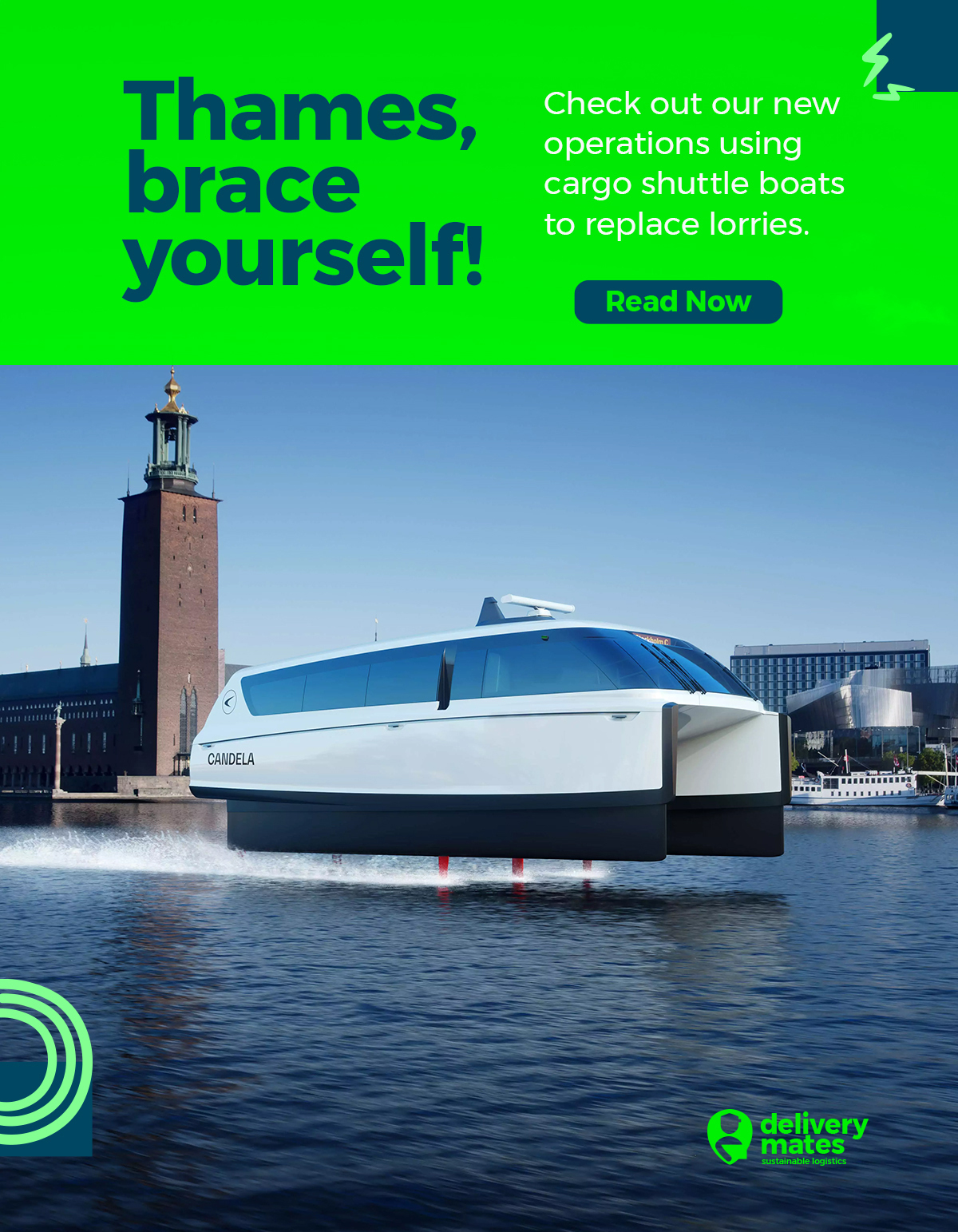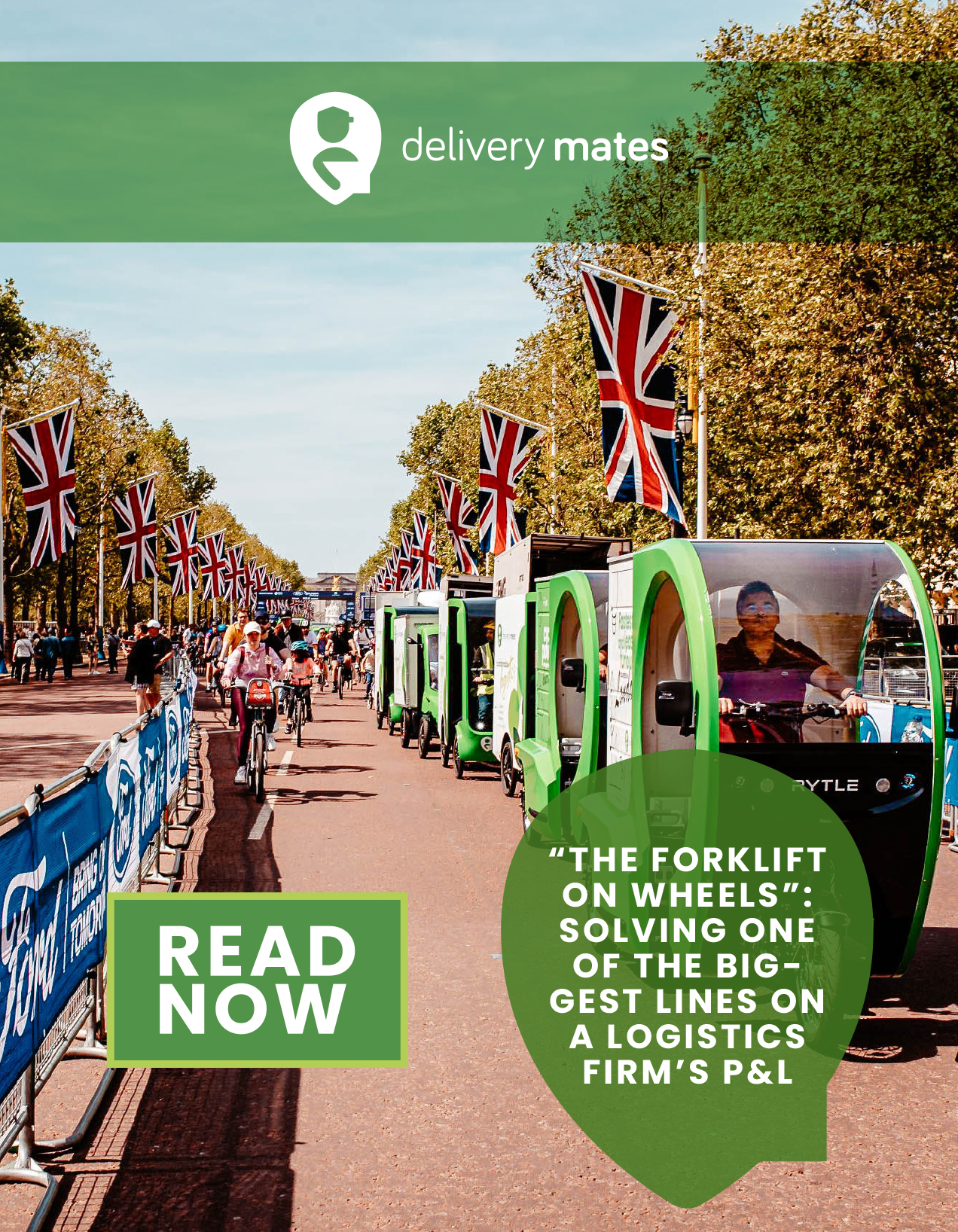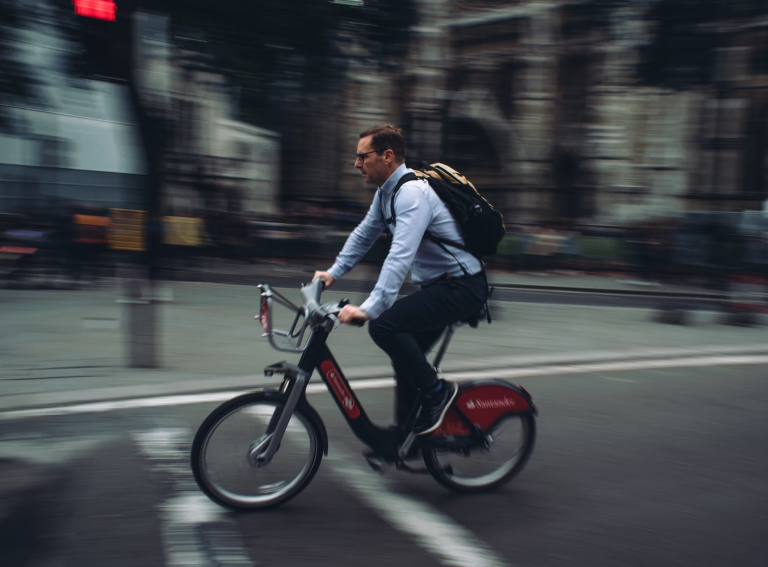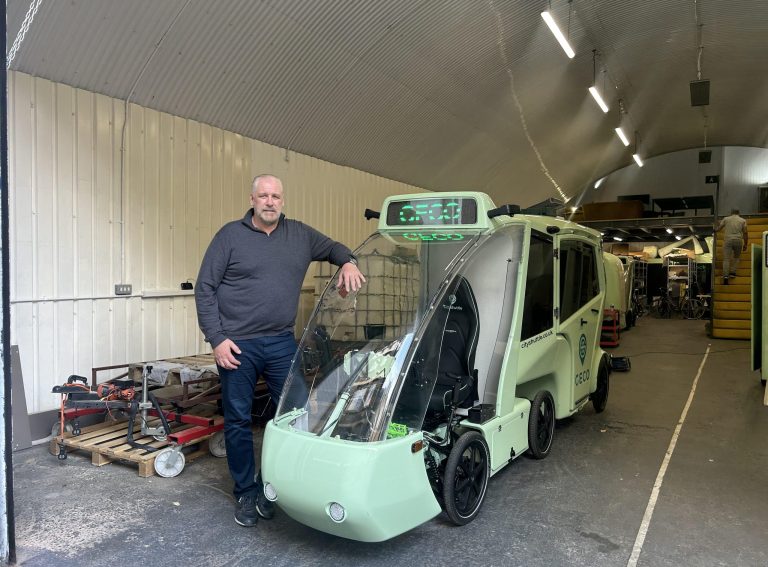Shared e-scooter operators have criticised a proposal from Oslo City Council that could see the number of scooters limited to 8,000.
The proposal would see a dramatic reduction from the 20,000 currently present in the city, with the suggested amount split between the eight operators active in the city.
The plans would also see the city divided into four zones, with a maximum number of e-scooters limit placed on each area.
Among the operators with fleets deployed in the city, Voi and TIER have expressed fears to Zag about the restrictions.
Both firms operate e-scooter fleets across Europe, and have also been involved in the UK trials that kicked off last year.
Voi criticised the proposal in a piece on its website last month its VP Communications Kristina Hunter Nilsson said that demand should dictate the number of e-scooters on the streets, not an “arbitrary limit”.
“Demand is growing all the time for the shared e-scooters and therefore we believe strongly that it makes sense for the demand from a city population to dictate the number of e-scooters available on the streets, rather than impose an arbitrary limit.,” they told Zag.
“Electric scooters will help Oslo reach its demanding climate goals which aim that by 2030, emissions in the city should be reduced by 95 per cent. Not only do e-scooters replace car journeys, but at a time when there is reduced capacity on public transport – they can take some of the load of this mode of travel.”
Morten Askeland, Norway Country Manager at TIER Mobility, added that such a move was not the current way for the city to achieve its goals.
“We support cities pursuing higher standards and tidier streets, but a cap on the number of vehicles and hours of service is not the way to do it,” he told Zag.
“Oslo can achieve its objectives with a tender to ensure that a limited number of players with the best operations, standards and technology get to stay. That will bring order and added safety to Oslo, while not denying residents and visitors a popular, sustainable way to get from A to B.”










